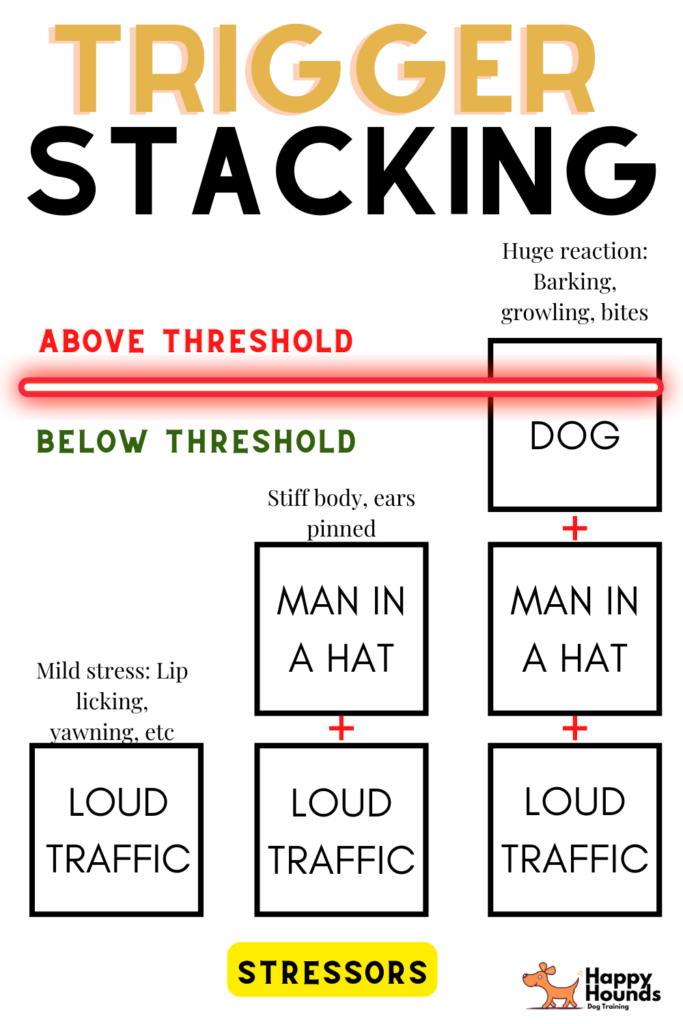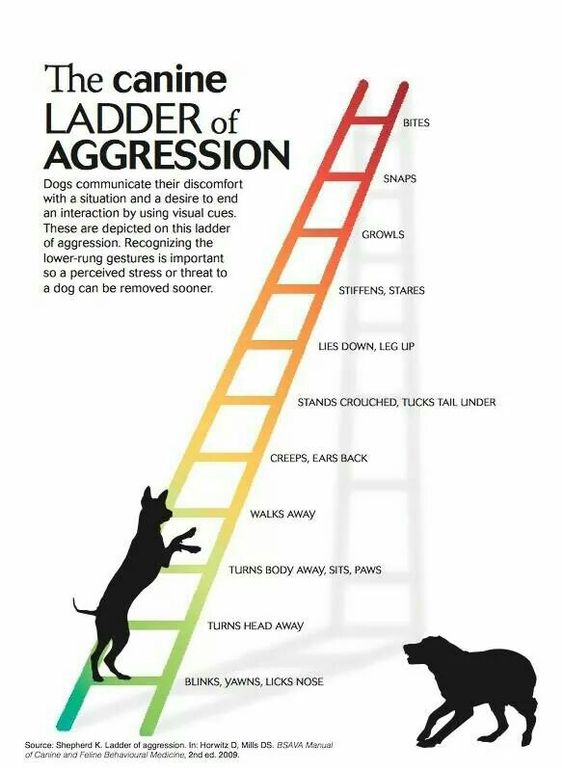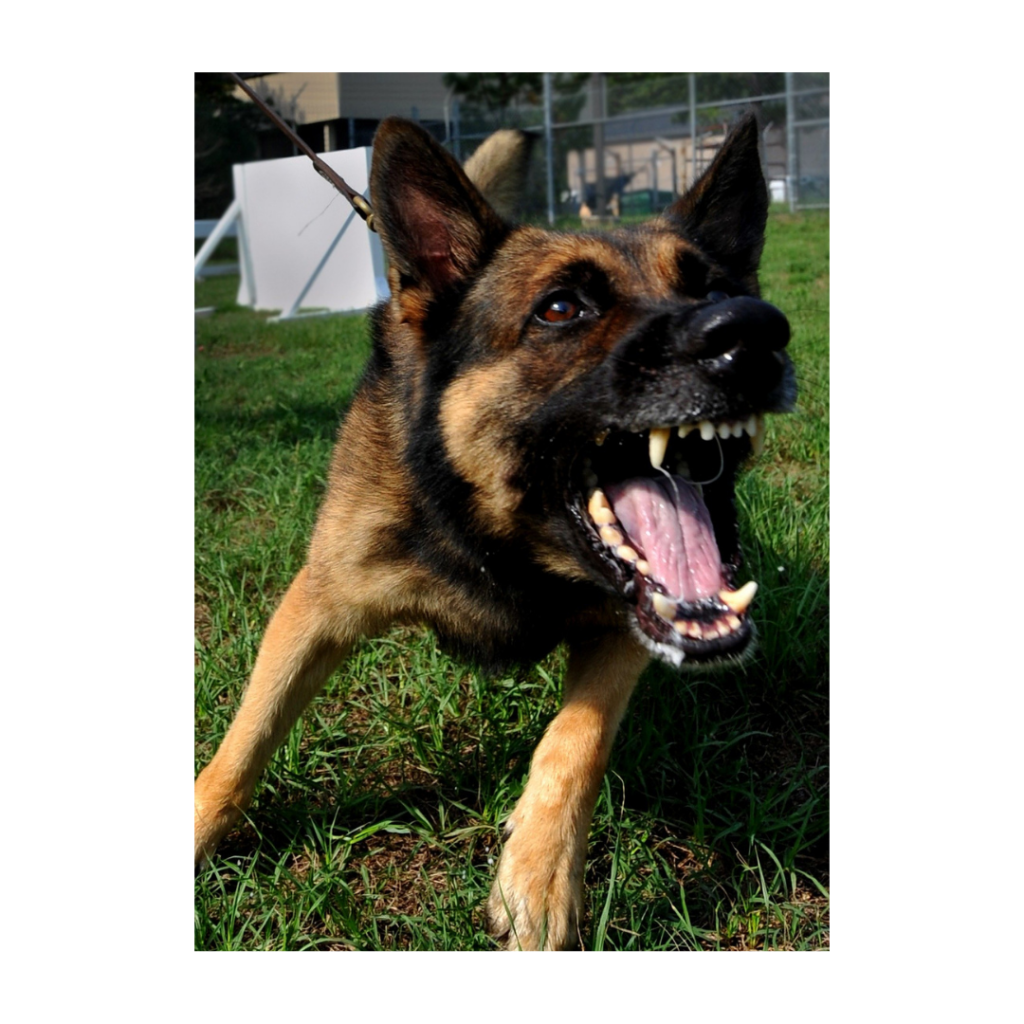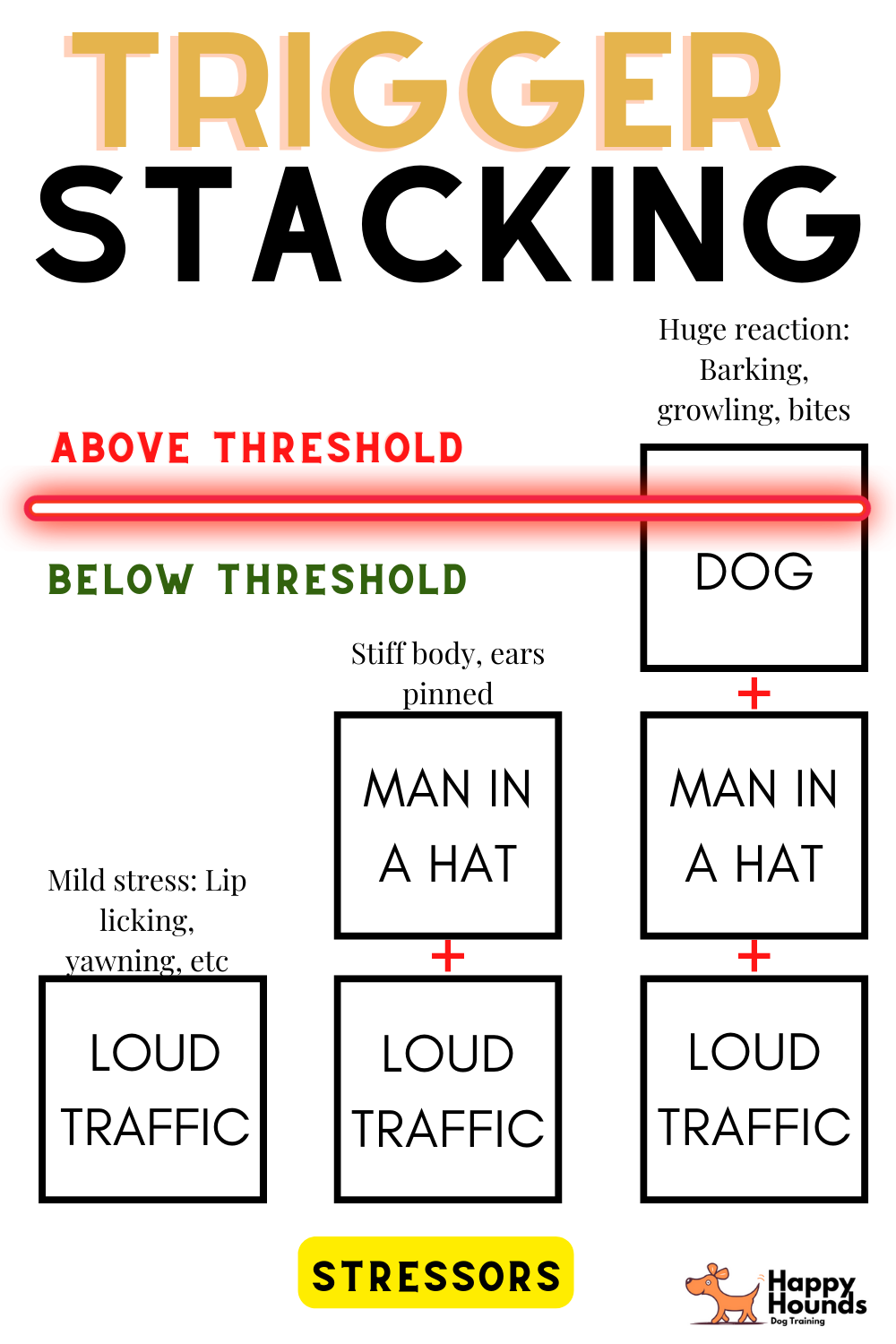All dogs have a limit. Yes- even your calm cuddle buddy could react poorly. All dogs have a limit of what they can handle before they’ll act in an undesirable way, and dog trigger stacking has a large effect on this!
Trigger stacking is important to understand because it can help you recognize and prevent potential scenarios where your dog reacts poorly “out of the blue”. Understanding trigger stacking is incredibly important when training reactive or aggressive dogs since we want to set the dog up for success by keeping them under threshold!
Being aware of trigger stacking can help you to provide a happy, secure life for your pup! Who doesn’t want that?
In this article we will cover:
- Dog trigger stacking- What is it?
- What triggers a dog?
- How can you help your dog with trigger stacking?
What is trigger stacking in dogs?

First, picture this scenario:
After accidentally snoozing your alarm you wake up 20 minutes later than you planned. You panic and rush around the house trying to get ready. You decide to skip breakfast completely and drink your coffee as you get ready. You’re almost ready to head out, then shoot!! You spill your coffee on your new shirt. Grumpily you get changed and leave for work. You quickly realize why you don’t leave your house at this time: traffic. Great, you’re going to be even more late. You’re stressing about this when someone cuts you off. Out of frustration you honk. When you get to work a coworker that you’ve always found mildly annoying stops by your desk. They innocently remind you about a deadline on a group project. You completely explode and yell at them.
Instead, picture this:
You wake up the first time your alarm goes off feeling rested after a great sleep. Yay, you have time for a sit down breakfast! You pour a second coffee into your travel mug and sip your coffee & sing on your drive to work. You left your house 5 minutes early, so traffic is a breeze. When you arrive at work your annoying coworker stops by to remind you about a deadline on a group project. You say thanks (then secretly roll your eyes as they walk away).
The coworker did exactly the same thing in these two scenarios, so why was YOUR reaction so wildly different?!?
Trigger stacking!
Trigger stacking is when multiple stressful things happen in a short period of time, causing a heightened reaction to a stimulus.
It wasn’t that the coworker caused you to explode. Instead, the coworker + running late+ traffic+ spilling your coffee = explosion.
Guess what: trigger stacking happens to dogs too!!
Trigger stacking occurs when a dog is either exposed to a number of triggers simultaneously (example: a loud noise goes off while they’re hungry and the neighbourhood dog walks by), or if they’re exposed to multiple triggers one after the other. If the dog is exposed to too many triggers OR they don’t have adequate time to de-stress after a trigger (it can take >24 hours), they can be pushed over their threshold and have an undesirable reaction by something they can normally tolerate.
What triggers a dog?

Obviously the human stressors in the scenario above (sleeping in, spilling coffee, annoying coworkers) are not the same as dog stressors.
So, what triggers a dog?
I define a trigger as anything that causes a dog stress, fear, pain, or discomfort. Every dog is an unique individual, so their triggers will be different (as will the level they’re triggered by it). Here are some common triggers for dogs:
- Sounds (fireworks, thunder, fire alarm, traffic, pan sizzling, children screaming, etc)
- Events (Going to the vet, car rides, baths, nails, etc)
- Being in a new environment
- Busy environments (such as crowded sidewalks or high traffic areas)
- Unfamiliar people outside the home
- Unfamiliar people coming to the home (example a plumber)
- Other dogs
- Humans in unfamiliar dress (hats, masks, sunglasses, etc)
- New pets at home
- Fear of losing something (resource guarding)
- Pain or illness
- Inadequate exercise or affection
- Many more

Essentially, yes, the world can be a trigger. This is why it’s important to pay attention to YOUR dog and what stresses THEM out. How do you know your dog is stressed? Keep reading for the visual clues!
What can you do about dog trigger stacking?
It’s impossible to prevent ALL stress in your dogs life. However, we want to be conscious of how triggered our dog is so that we can keep them in a happier state and avoid explosions.
I find this canine ladder of aggression visual helpful for clients:

Very low level signs of stress in dogs include blinking, yawning, lip licking, and looking away. These are so subtle that most dog parents don’t even notice them! Ideally, we want to recognize and respect these signals and remove our dog from the environment causing the negative emotions. Give them a complete break before exposing them to more stress.
If dogs continue to be triggered, they’ll escalate up the ladder to much more concerning behaviors. Dogs do not become aggressive and “bite out of the blue”. Instead, their low level signals were ignored and they felt they needed to escalate their actions. At a certain trigger point, biting becomes a normal response.

It’s our job as dog owners to monitor our dogs environment & body language and make decisions based on that. Don’t expose your dog to more than they can reasonably handle!
If you’re training a reactive, aggressive or fearful dog, pay even more attention to trigger stacking. Before deciding to train your dog that day, consider how their day has been. Were they in an unfamiliar environment? Did they go to the vet? Were they adequately exercised? Did a smoke alarm go off or a plumber visit that morning? If so, it may not be the best time to train! It’s better to take a day off than it is to push your dog over threshold and cause reactions such as barking, lunging, or biting.
You won’t always be able to control your dogs environment perfectly, but paying attention to their cues and stress can help you avoid putting your dog in an unfair state. Trigger stacking affects all of us; make sure you understand how it affects your dog too.
Happy training 🙂
Disclosure: Happy Hounds uses affiliate links. Purchasing with these links will not cost you any extra, but I get commissions for purchases made through these links. Affiliate links help me to continue to offer free resources & blog posts. I would love if you used them!


Im very pleased to find this site. I need to to thank you for ones time for this particularly fantastic read!! I definitely really liked every part of it and I have you bookmarked to see new information on your site.
Thank you so much for the kind words! 🙂